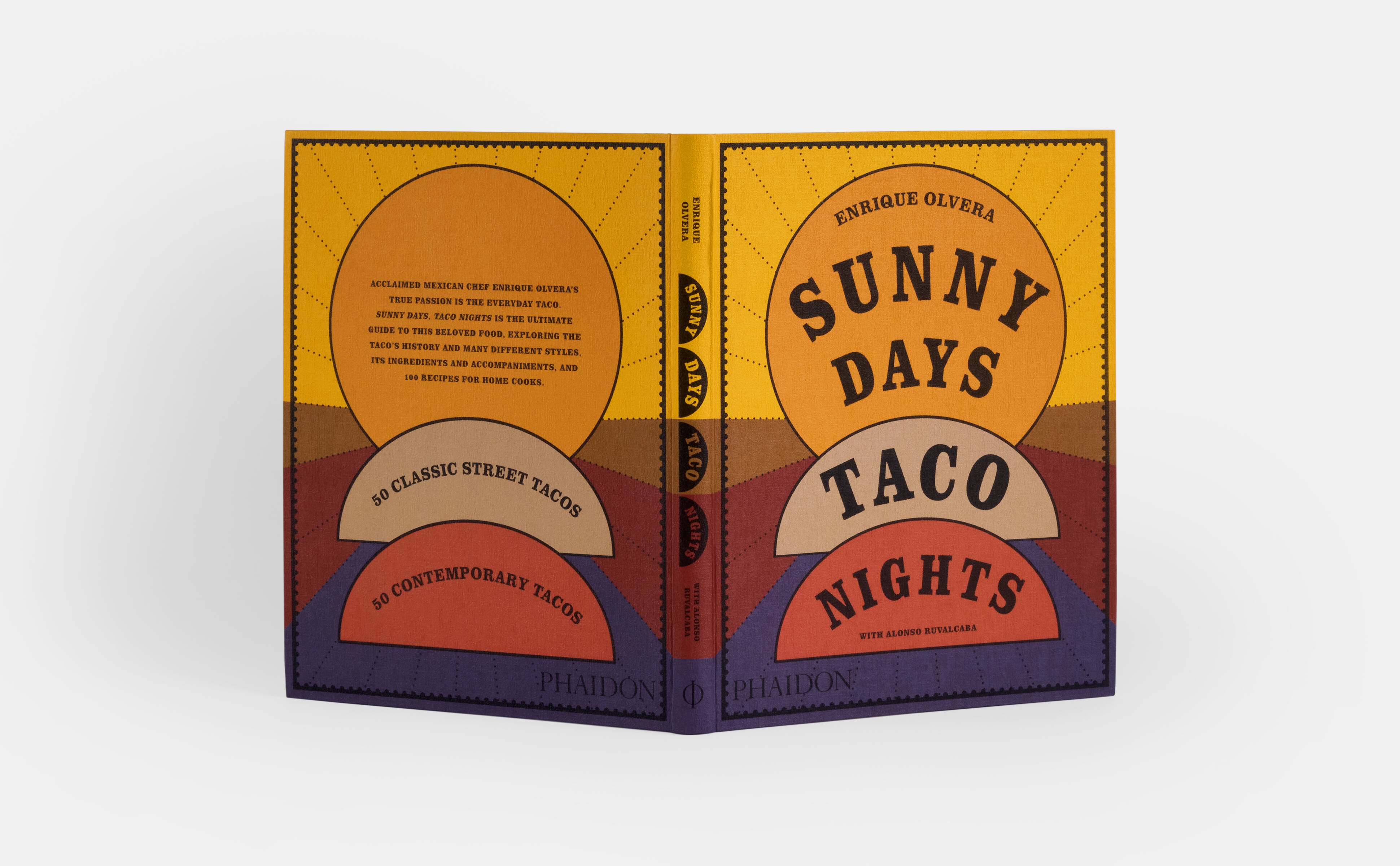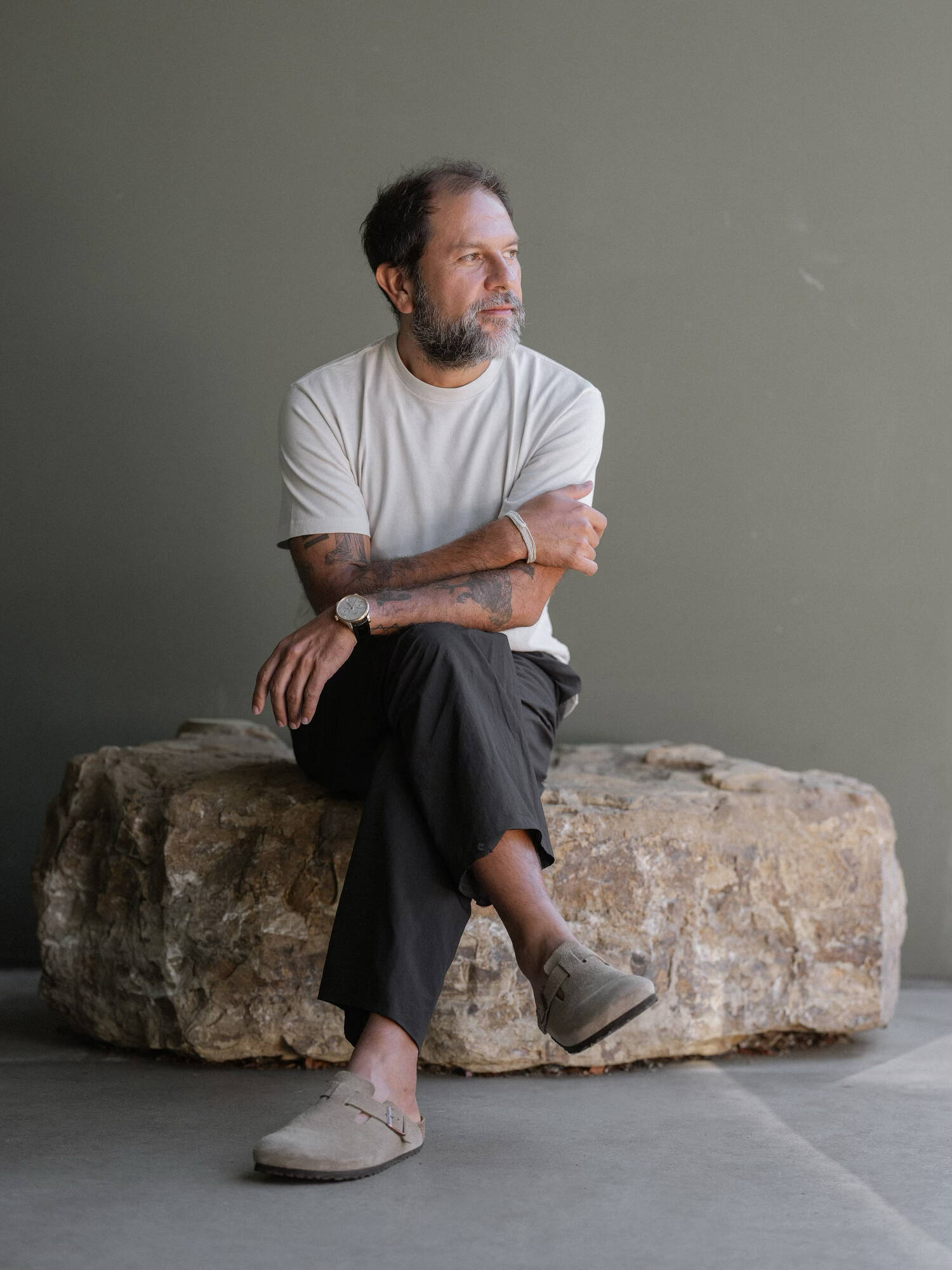
Five Questions for Enrique Olvera
The Netflix star chef and Sunny Days, Taco Nights author tells us how his love of the humble taco took him from kitchen table to top table.
When Enrique Olvera was at culinary school in New York, in the late 1990s, New American cuisine - fusion-type cooking that embraces global cuisines and seasonal ingredients - was in full swing.
The movement was led by a select bunch of chefs including Thomas Keller, Larry Forgione and Alice Waters, among others. As a Mexican, Enrique felt it natural to think that this movement could be replicated in his own country. He believed Mexico’s extensive and deep culinary tradition would make such a thing not only possible but also relatively easy to achieve.
“I was born and raised in Mexico City. My family was middle class, and the daily cooking at home would not be classified as traditional, though my mother did make pipián and entomatado from time to time,” he writes in his new book Sunny Days, Taco Nights. “On our table, you were more likely to see carrot cream or veal Milanese. My professional training was in classical European techniques.”
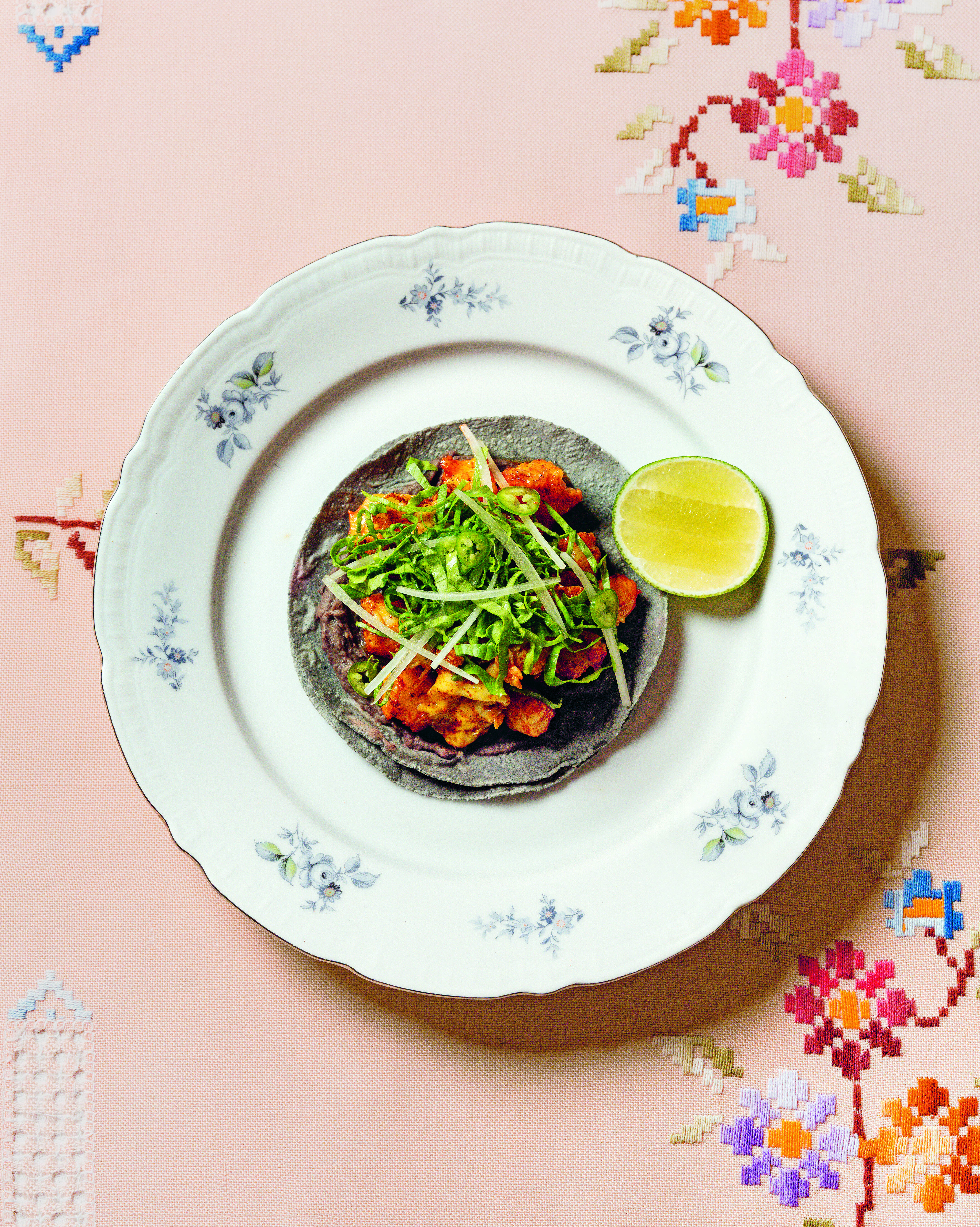
But when Enrique opened his first restaurant, Pujol, in 2000, he didn’t feel confident enough with traditional Mexican recipes to propose modern versions. Instead, Pujol served haute cuisine. Nevertheless, the fast-rising chef still felt most comfortable with the street food of his childhood.
“I remember the esquite stand outside the bakery, selling corn salad; the chicharrón stand in the park; and the fried quesadillas and cakes sold outside my school. Mexicans love to eat on the street,” he says.
In 2004, he began adding more traditional dishes to Pujol’s menu, dishes such as robalito al pastor and quesadilla. Their almost immediate success was a clear sign. The first ‘tacos’ at Pujol were not exactly prepared in the traditional way; rather, they were dishes that evoked tacos.
On his first visit to Japan, Enrique began to realise that the respect for the taco could be similar to that for sushi: a popular dish, enjoyed by all classes, offered in different contexts and prepared with varying degrees of complexity. An idea for a book was born.
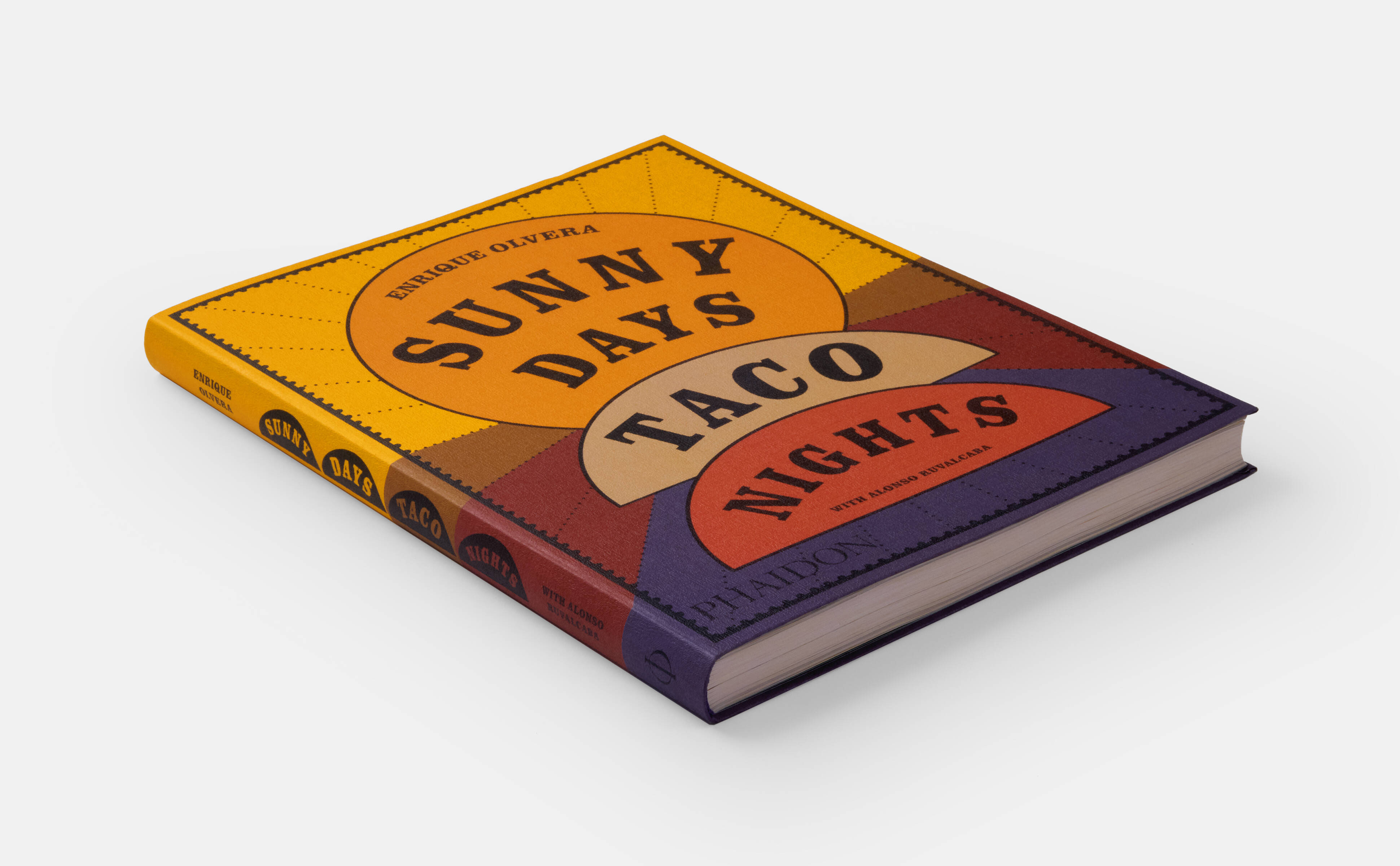
Sunny Days, Taco Nights is that book, an insider’s guide to authentic tacos, with 100 recipes for home cooks, offering the ultimate recipe collection to this much-loved food – exploring the taco’s history, different styles, ingredients, guacamole, tortillas, salsas, a glossary, and much more.
The taco recipes are in two chapters: Classics, featuring Mexican street tacos; and Originals, exploring his contemporary, creative reinventions of the taco. Recipes include Fish Tacos from northwest Mexico; Cicharron Tacos from Monterrey; Chorizo Tacos with spinach; and Steak Tacos common at street vendor tricycles in Mexico City.
For his contemporary tacos, there are Brussels Sprouts Tacos with spicy peanut butter; Ceviche Tacos; Pork Belly Tacos with smoked beans; and Eggs & Green Bean Tacos inspired by his childhood breakfasts.
When we caught up with him recently, we asked Enrique a few quick fire questions about the not so humble taco.
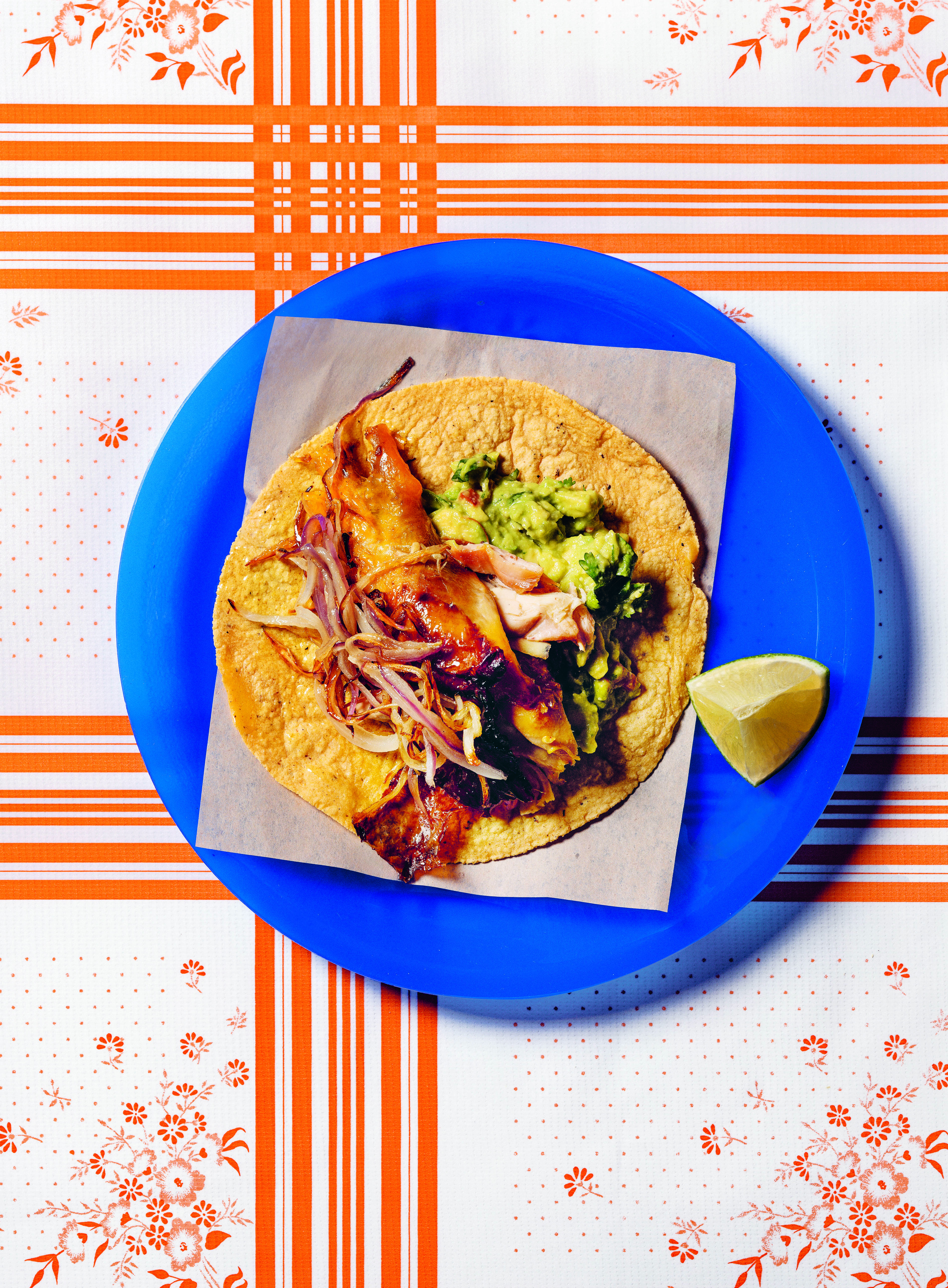
Can you remember the first taco you ate, what was it, where you were, and what did it taste like?
It was probably a rice taco with cream I love those. My mum used to make them for us, almost every day. It’s actually very common in Mexico that you make rice for everything, and you make tacos out of it. So, it’s not necessarily a plated taco but it’s a taco you eat a lot at home, and in some street markets.
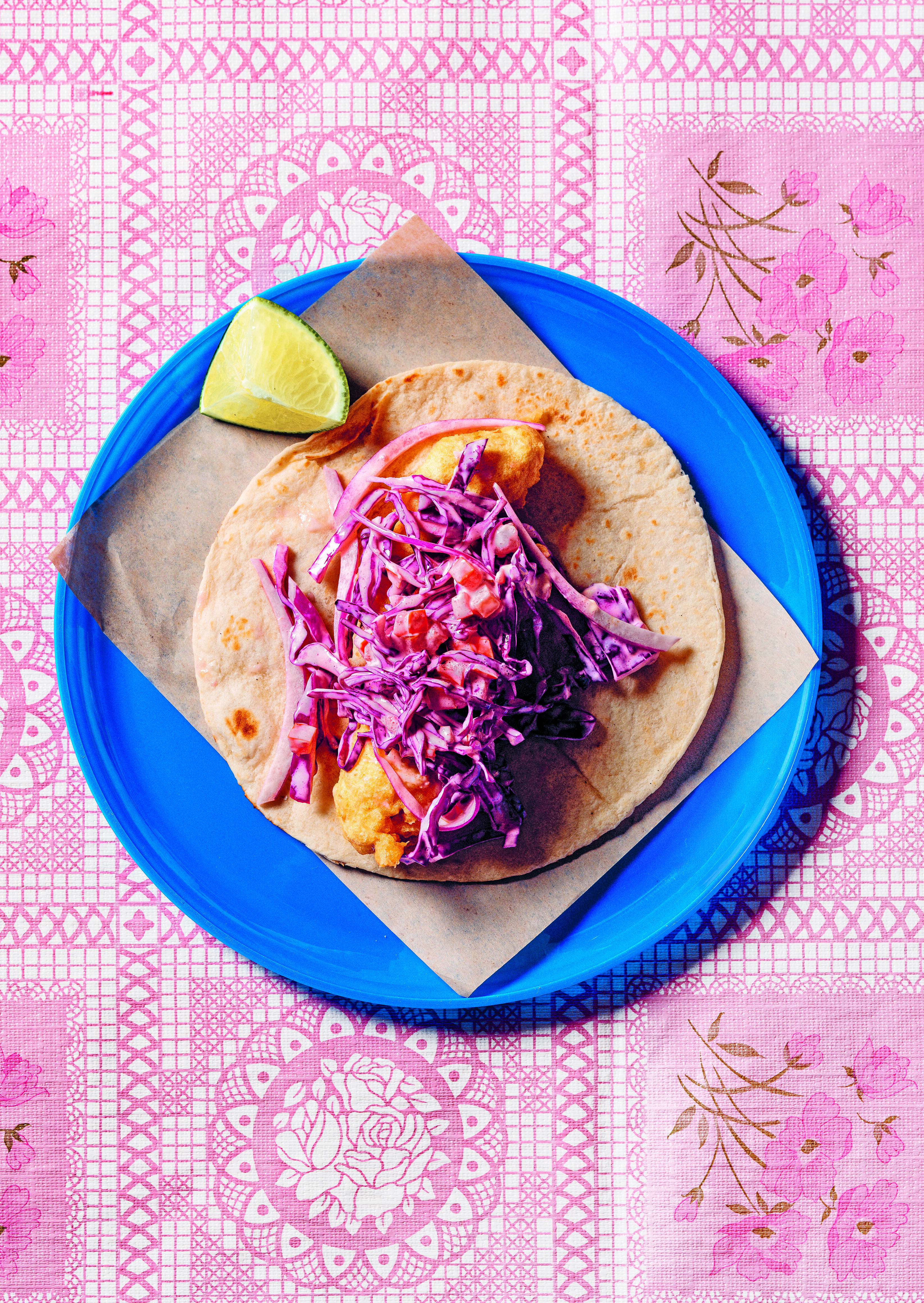
What’s a common opinion of the taco people hold that you’d like to debunk?
I think tacos have not only great diversity but also a lot of bandwidth so you can have super fancy tacos and street tacos.
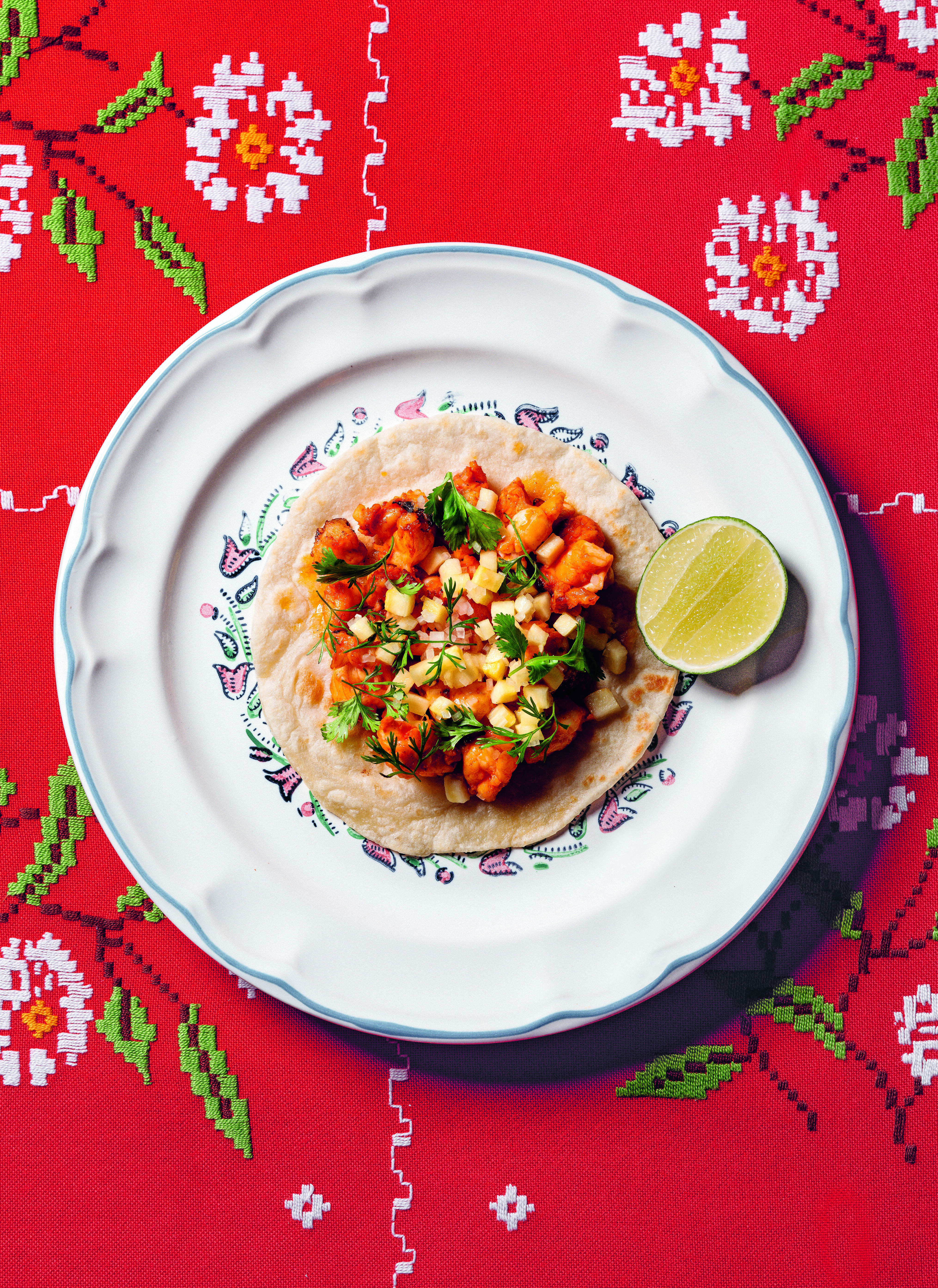
What’s the taco in Sunny Days, Taco Nights that’s easiest to recreate – and one that’s more involved?
All tacos are easy, and that’s the beauty of them. Because a taco is also a way of eating not only like a dish. But I would say the easiest is just an avocado taco. The hardest definitely is if you’re trying to do a recipe, traditionally a pastor because you have to make the trompo.
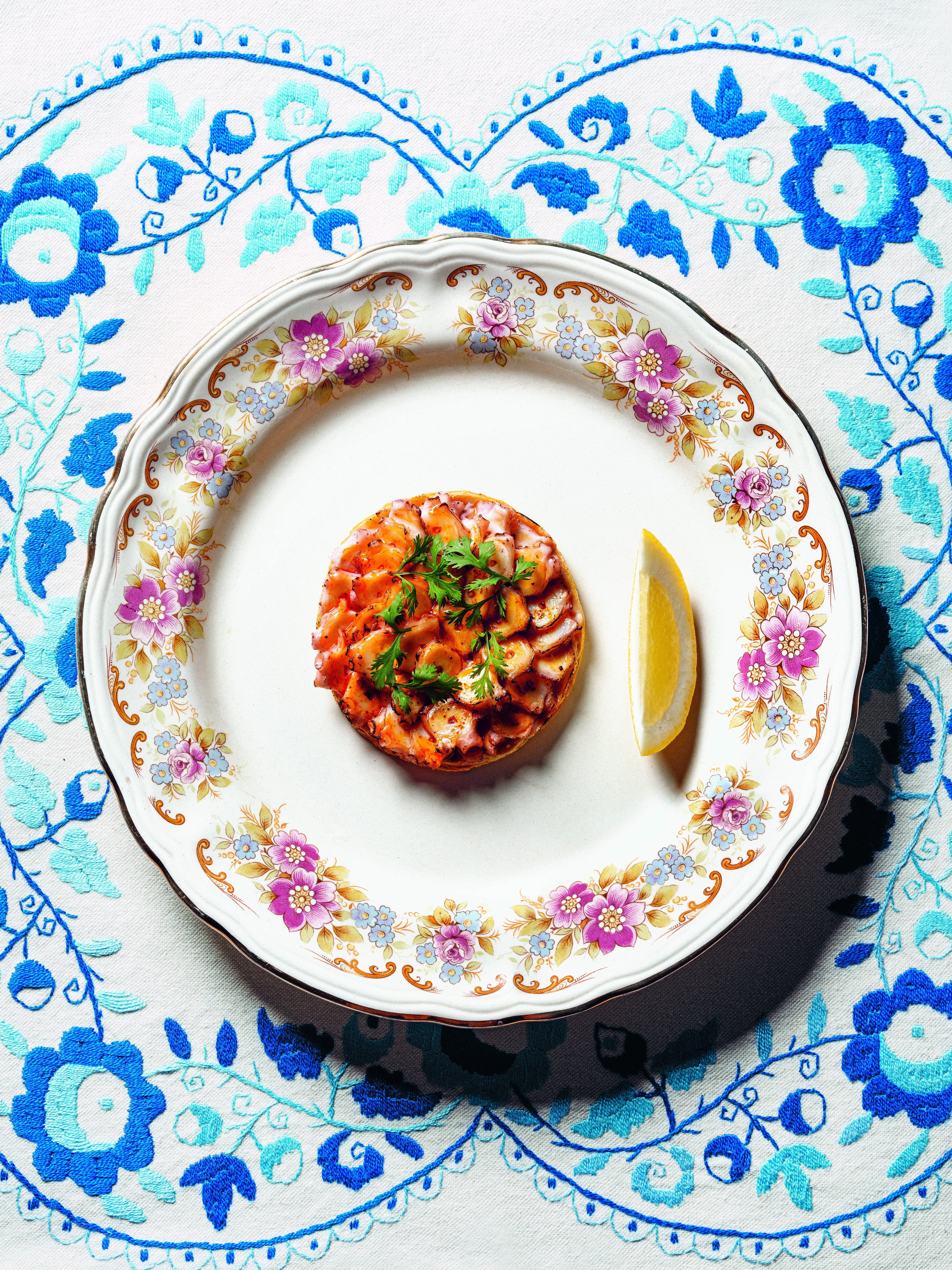
What’s the most surprising taco you’ve eaten or created yourself - the one that really shouldn’t work but does?
I love the tacos that are non-Mexican. For example, in Los Angeles there’s a bunch of places doing a mix between Korean and Mexican tacos that I think works great.
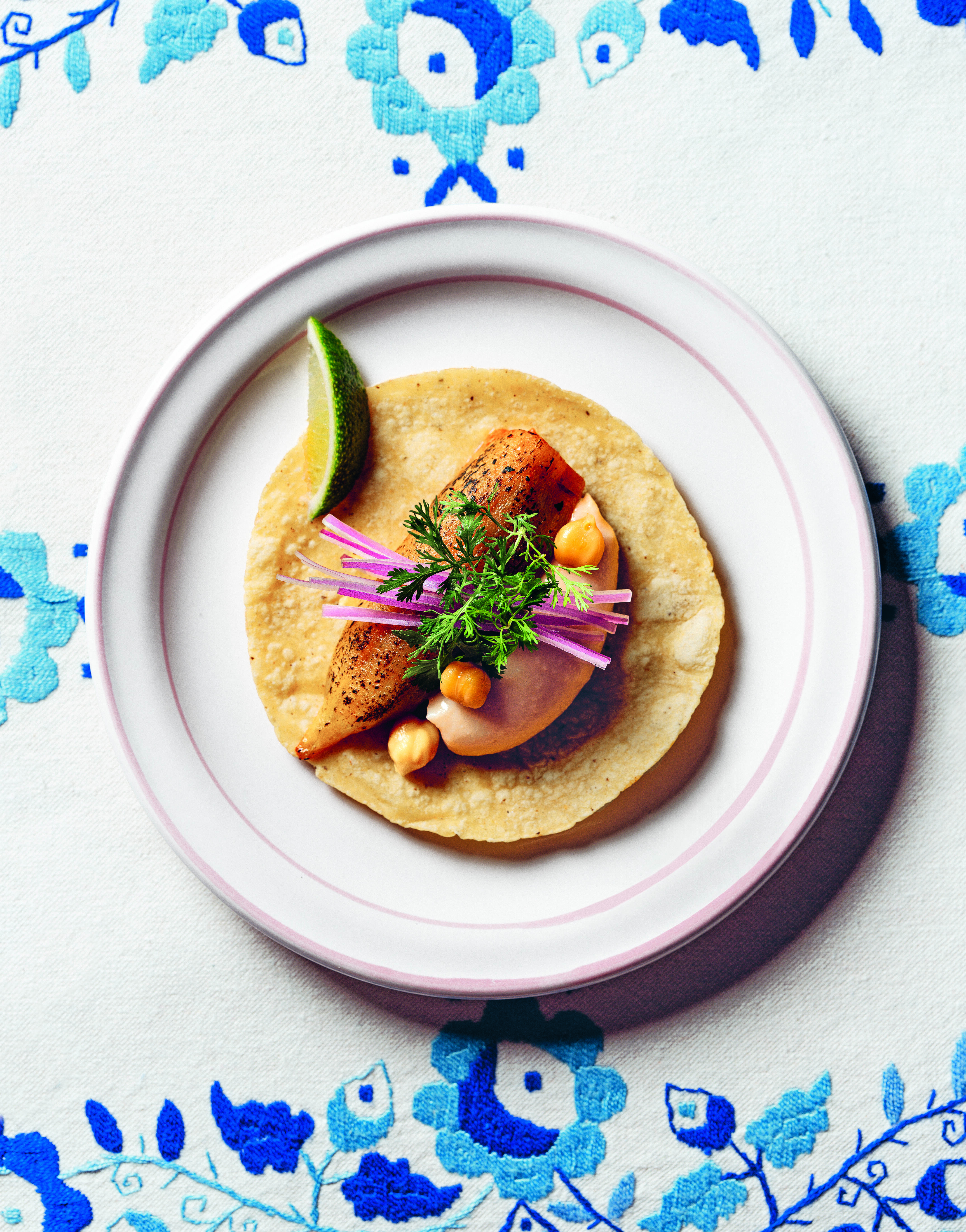
Traditional and contemporary tacos - what are the main differences in your opinion?
I would say that contemporary are a little more composed, there are maybe a few more things on them, whereas a traditional taco would just be a tortilla, a slice of meat, and then the salsa.
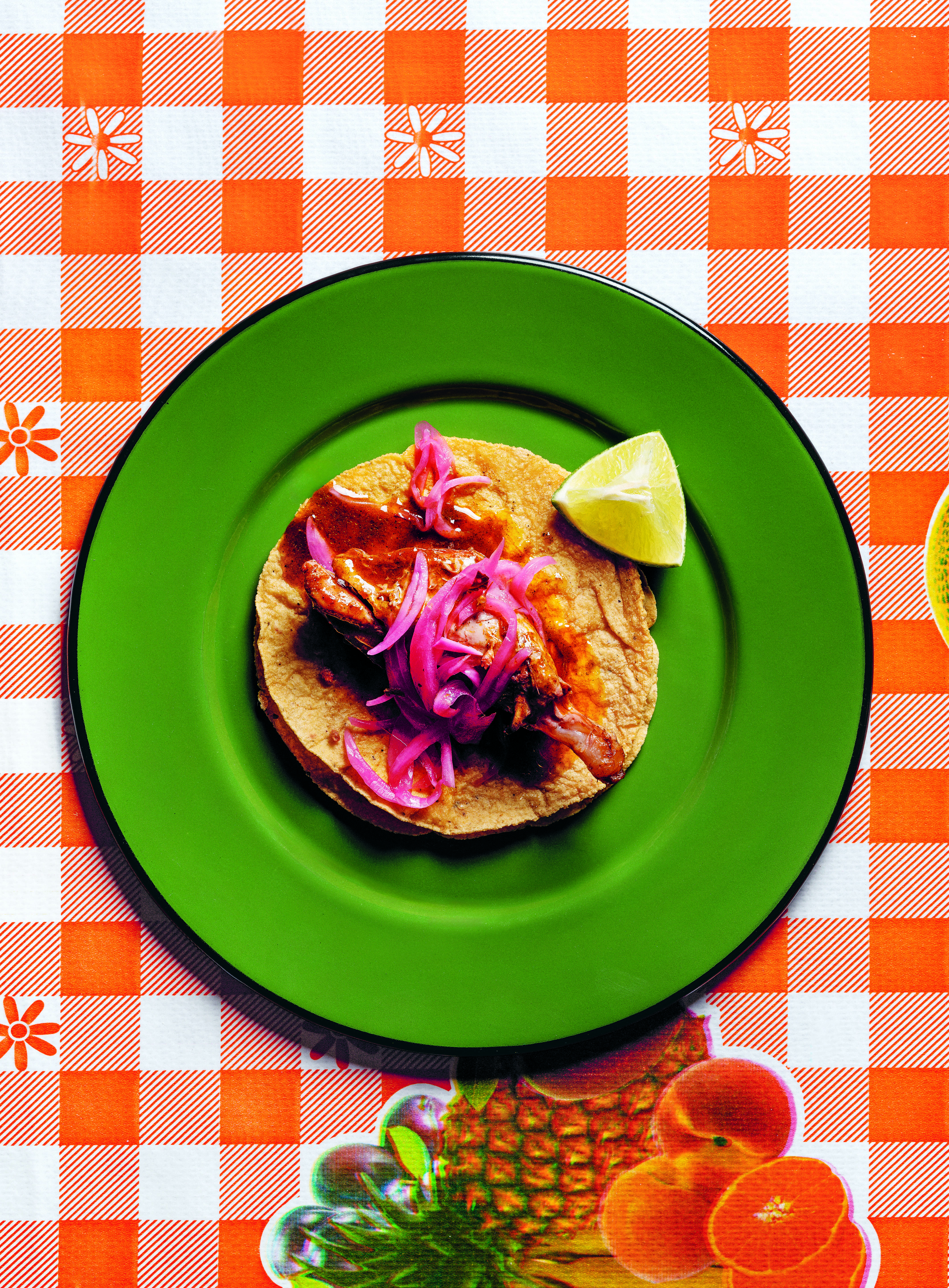
Sunny Days, Taco Nights features specially commissioned food photography for each taco by Araceli Paz, who’s shot all of Enrique’s Phaidon books. The colour of the cover, and the inside of the book, is inspired by the colours of native corn in Mexico.
Enrique’s co-author, Alonso Ruvalcaba is a Mexican food critic, who’s written about tacos for major Mexican publications and in English for the LA Times, Bon Appetit, and Vice. Take a closer look at Sunny Days, Taco Nights.
